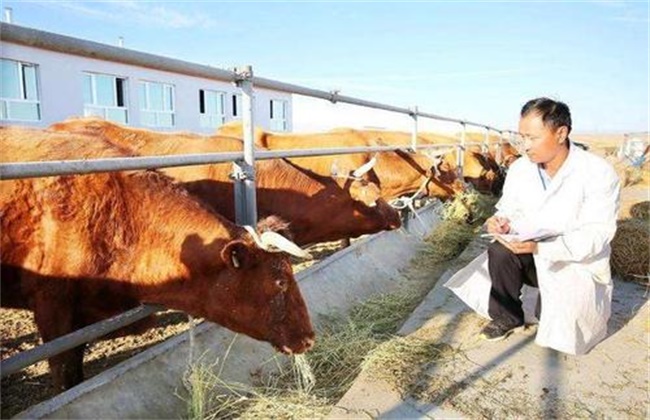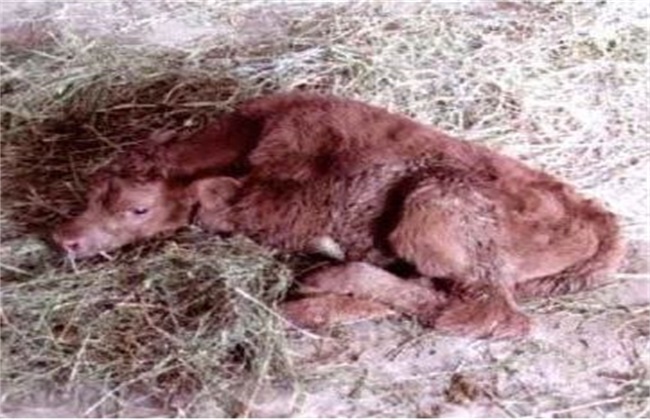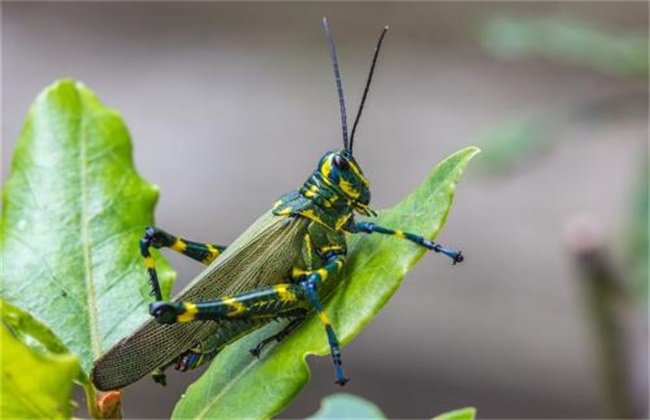Fattening skills of Beef cattle in Winter
The low temperature in winter and the lack of green feed are extremely disadvantageous to the fat gain of beef cattle, which is also a big problem for cattle farmers, especially at the end of the year, when it is approaching the end of the year, but the fat of beef cattle is slow to grow. So what can be done to make beef cattle fat in winter? Come and have a look with the editor.

1. Feed well
Feed is the material basis for cattle to gain fat. it is recommended to feed once in the morning and evening and twice a day to ensure adequate rest and ruminating time and improve consumption function. To be scientific in ingredients, the coarse material can be cut off and fed after soaking and fermentation. the concentrate should be moderate and the green material is sufficient. At the initial stage of fattening, the proportion of coarse feeding should not be less than 50%, which can not only exercise the gastrointestinal function of cattle, but also increase the stomach capacity of cattle. The amount of feed should increase gradually and should not increase or decrease suddenly, which will not only cause feed waste, but also cause indigestion. In order to make beef cattle eat better, you can add some radish and green vegetables, which can also maintain vitamins and trace elements.
2. Clean drinking water
Beef cattle in winter mainly eat hay and need a lot of drinking water every day, so there must be sufficient drinking water. When drinking water is insufficient, it will not only affect the food intake of beef cattle, but also affect the digestion and absorption of feed, resulting in dry skin and low spirits of beef cattle. At the same time, it is also necessary to ensure clean drinking water, in addition, the temperature of drinking water is too low in winter, and the temperature of drinking water should also be suitable to about 20 degrees. If there are conditions, an automatic water supply system can be installed to meet the drinking water needs of beef cattle, while those without conditions need to be replenished regularly every day.
3. Heat preservation and ventilation
In winter, the cowshed should be watertight, airtight, the ground is not wet and clean, and room temperature is required to reach 5 degrees. It is best to keep it between 10 and 18 degrees. However, due to the excessive indoor and outdoor temperature difference, coupled with beef cattle breathing heat dissipation and excretion and other reasons, the concentration of toxic gases such as carbon dioxide and hydrogen sulfide in the barn will be too high, which seriously affects the growth of cattle. Therefore, while ensuring the temperature of the barn, it is also necessary to ventilate at the right time, especially to clean up the feces, it is necessary to clean the residue to ensure the hygiene of the barn.
4. Disinfection and epidemic prevention
In addition to regular cleaning, disinfection should be carried out once a month. The floor and walls of the barn can be sprayed with low concentration sodium hydroxide solution, so as not to leave a dead corner. When the concentration of ammonia is too high, it can be disinfected with oxyacetic acid, and the door of the barn can also be sterilized with quicklime. Beef cattle epidemic prevention is mainly to prevent parasites, they not only directly take the nutrition of beef cattle, metabolism produces toxic substances will also make beef cattle disease, seriously affecting the fattening effect. Therefore, deworming work needs to be carried out before fattening to ensure the health of beef cattle. Ivermectin can be used for deworming, calculated at 50 mg per kilogram.
The above is the introduction of winter beef cattle fattening skills, hope to help you, want to know more related knowledge, please follow us.
Related
- On the eggshell is a badge full of pride. British Poultry Egg Market and Consumer observation
- British study: 72% of Britons are willing to buy native eggs raised by insects
- Guidelines for friendly egg production revised the increase of space in chicken sheds can not be forced to change feathers and lay eggs.
- Risk of delay in customs clearance Australia suspends lobster exports to China
- Pig semen-the Vector of virus Transmission (4)
- Pig semen-the Vector of virus Transmission (3)
- Five common causes of difficult control of classical swine fever in clinic and their countermeasures
- Foot-and-mouth disease is the most effective way to prevent it!
- PED is the number one killer of piglets and has to be guarded against in autumn and winter.
- What is "yellow fat pig"? Have you ever heard the pig collector talk about "yellow fat pig"?



